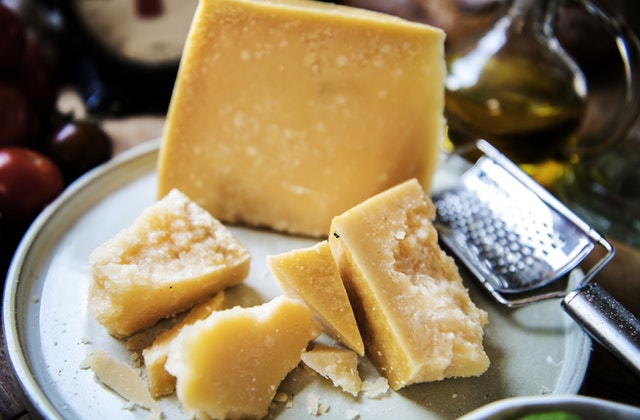Growing world demand for cheese is set to be a key to dairy prices during the next five years, according to Rabobank’s global dairy strategist, Mary Ledman.
Speaking at the recent Australian Dairy Conference in Canberra, Ms Ledman said Rabobank’s modelling showed a potential trade deficit of 4.4 million tonnes of milk equivalent in dairy product by 2023.
She said the bank’s forecast pointed to global demand for dairy products of 101.2 million tonnes but supply reaching only 96.8 million tonnes.
But Ms Ledman cautioned that could readily turn around if higher dairy prices prompted European Union dairy farmers to ramp up milk production.
Ms Ledman said a 1 per cent increase in milk production in Europe was equivalent to 5-6 per cent in Australia and New Zealand.
“What happens in Europe really matters,” she said.
“That’s why in May 2015 they produced a lot of milk — so much so, that they flooded the intervention stocks.”
But Ms Ledman said Rabobank had forecast slow growth in world milk production during the next 12 months.
“This is critical for setting the stage for dairy market recovery around the globe,” she said.
Ms Ledman said the greatest demand for dairy products was likely to come from China and Mexico in the next five years. That was particularly so for cheese and skim milk powder for infant formula.
“There will be strong growth in (demand for) skim milk but the growth in cheese is really quite remarkable,” she said.
Ms Ledman said the cheese market was a key to recovery in global dairy prices.
“The cheese market is so pivotal to the world market these days because of growing quick service, fast food restaurants using cheese, particularly pizza cheese,” she said.
She said the biggest producers of cheese were the US and the European Union, with each growing at about 2-3 per cent annually.
“Just to keep these cheese machines going, the world is going to be naturally short of fat,” she said.
“I do not see low butterfat prices in the foreseeable future.
“It’s really not about butter consumption; its really about the size and scope of the cheese industry and what it takes to fuel the butterfat as an ingredient in cheese making,” Ms Ledman said.
Original article sourced from https://www.weeklytimesnow.com.au
Recommended reading:



